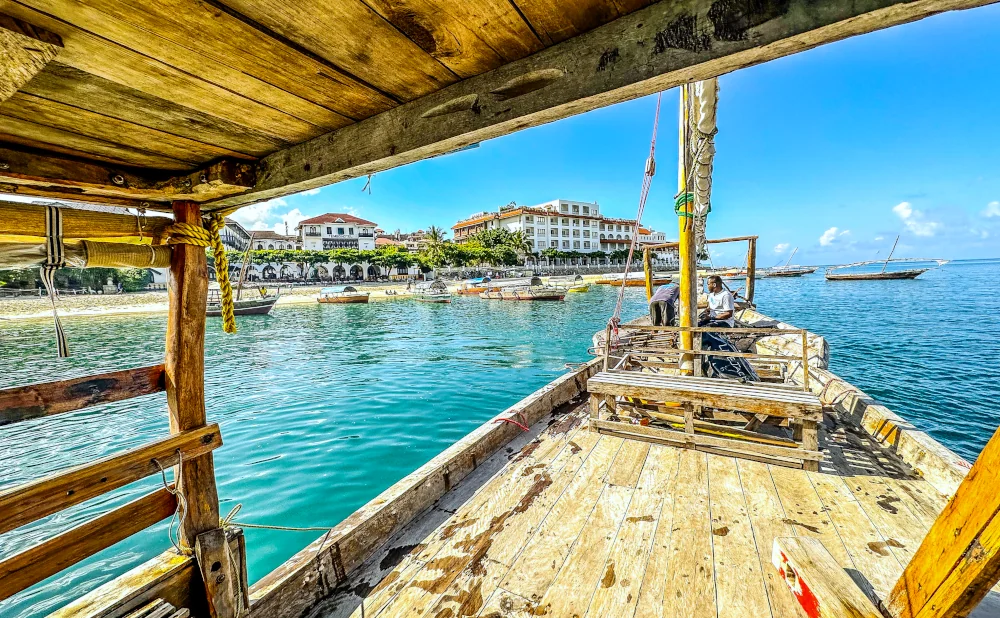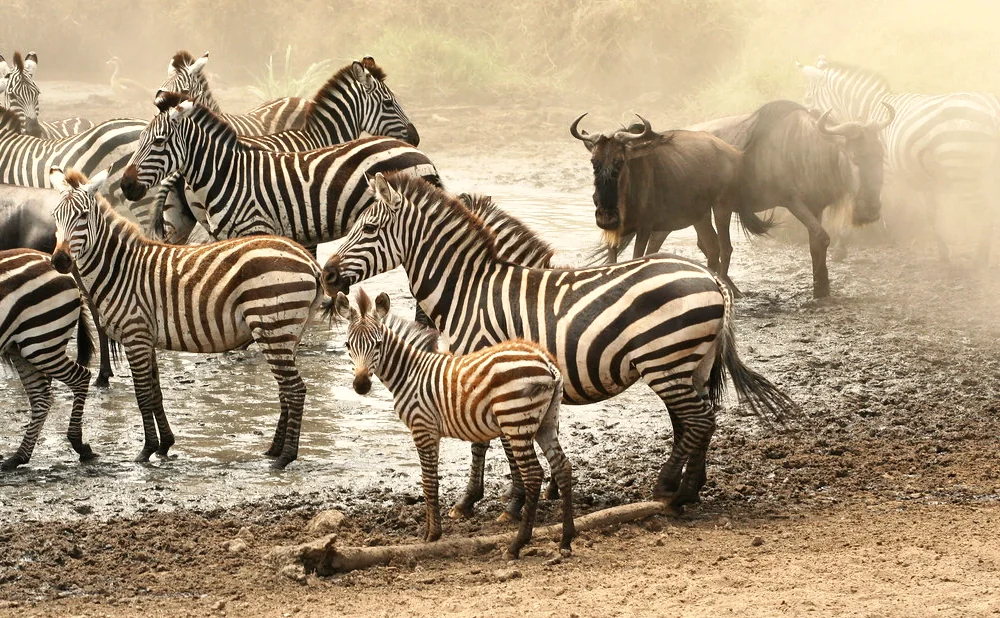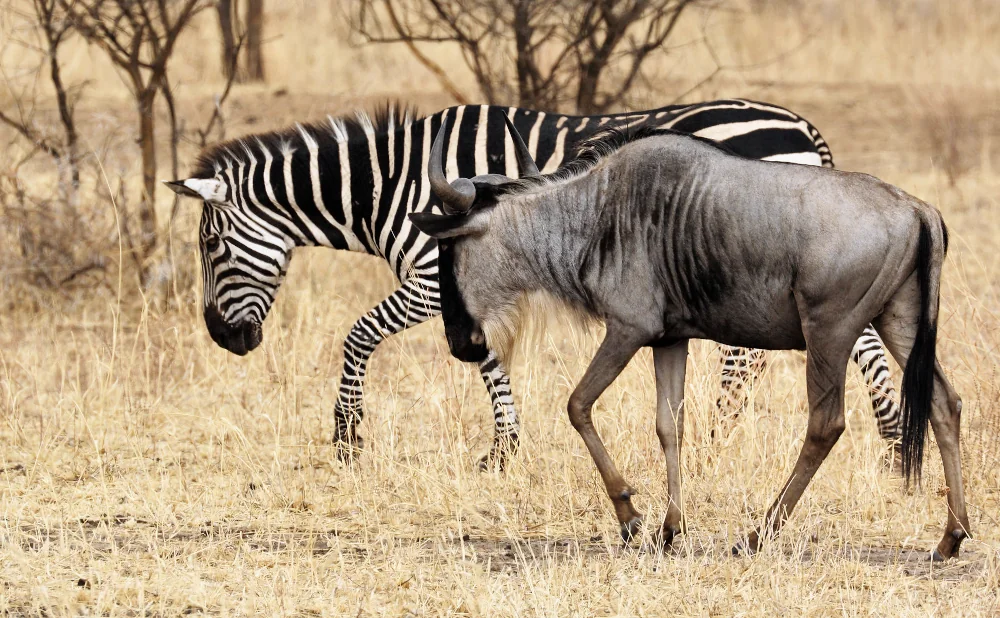Exploring the Wonders of Mount Kilimanjaro
Mount Kilimanjaro, the highest peak in Africa, is a marvel to behold. Rising majestically from the Tanzanian plains, it beckons adventurers from around the globe.
This dormant volcano, with its three distinct cones, is the tallest free-standing mountain in the world. Its summit, Uhuru Peak, stands at a staggering 5,895 meters.
But Kilimanjaro is more than just a mountain. It's a journey through diverse ecosystems, a test of endurance, and a cultural immersion.
From the lush rainforests at its base to the icy glaciers at its peak, Kilimanjaro offers a unique climbing experience. It's a trek that challenges the body, engages the mind, and uplifts the spirit.
In this article, we'll explore the wonders of Mount Kilimanjaro. We'll delve into its natural beauty, the challenges of the climb, and the cultural significance of this Tanzanian landmark.
Join us as we embark on this virtual journey to the "Roof of Africa".
The Majesty of Mount Kilimanjaro
Mount Kilimanjaro is a testament to the raw power and beauty of nature. Its snow-capped peak, often shrouded in mist, towers over the surrounding savannah, creating a stunning contrast against the African sky.
The mountain is a dormant volcano, composed of three volcanic cones: Kibo, Mawenzi, and Shira. Kibo, the highest of the three, is home to Uhuru Peak, the ultimate destination for climbers. The majesty of Kilimanjaro is not just in its height, but also in the diverse landscapes and ecosystems that it encompasses.
Climbing Kilimanjaro: What to Expect
Climbing Mount Kilimanjaro is a journey of discovery. It's a physical challenge that tests your endurance and willpower. But it's also an opportunity to immerse yourself in the rich biodiversity and cultural heritage of Tanzania.
The climb is a multi-day trek that takes you through five distinct ecological zones. Each zone presents its own unique challenges and rewards. From the lush rainforests at the base to the arctic conditions at the summit, the mountain's diverse landscapes are a constant source of awe and inspiration.
Preparing for Your Climb
Preparation is key to a successful Kilimanjaro climb. This includes physical training to build your strength and endurance. Cardiovascular exercises, such as running and cycling, are particularly beneficial.
It's also important to familiarize yourself with the symptoms of altitude sickness. Understanding how to prevent and manage this condition can greatly increase your chances of reaching the summit.
Choosing the Right Route
There are several routes to the summit of Kilimanjaro. Each route has its own unique characteristics and challenges. The Marangu Route, often called the "Coca-Cola" route, is the oldest and most established. It's also considered one of the easier routes.
The Machame Route, on the other hand, is known for its scenic beauty. However, it's also more challenging. Other popular routes include the Lemosho and Rongai routes. Your choice of route will depend on your fitness level, experience, and personal preferences.
The Climb: A Journey Through Ecological Zones
As you ascend Mount Kilimanjaro, you'll pass through five ecological zones. The journey begins in the cultivation zone, where local communities grow crops like coffee and bananas. This is followed by the rainforest zone, a lush, green landscape teeming with wildlife.
The heath and moorland zone is characterized by its shrubs and wildflowers. Above this is the alpine desert, a stark, rocky landscape with little vegetation. Finally, you'll reach the arctic zone, where the air is thin and the temperatures can drop below freezing. Each zone offers a unique perspective on the mountain's rich biodiversity.
The Cultural Significance of Kilimanjaro
Mount Kilimanjaro holds deep cultural significance for the people of Tanzania. It's a symbol of the nation's natural beauty and a source of pride for its citizens. The mountain is particularly important to the Chagga people, one of the indigenous tribes living on its slopes.
The Chagga have a long history of farming the fertile lands around Kilimanjaro. Their traditional practices and knowledge have helped to preserve the mountain's biodiversity. As you climb, you'll have the opportunity to learn about their culture and way of life.
The mountain also plays a key role in local folklore and mythology. It's often depicted as a place of great power and mystery. This cultural richness adds another layer to the Kilimanjaro climbing experience.
Challenges and Triumphs at High Altitude
Climbing Mount Kilimanjaro is a test of physical and mental endurance. The high altitude and changing weather conditions can make the journey challenging. However, the sense of achievement upon reaching the summit is unparalleled.
Altitude sickness is a common issue for climbers. It's caused by the lower oxygen levels at high altitudes. Symptoms can range from mild headaches and nausea to severe, life-threatening conditions.
Despite these challenges, thousands of climbers reach the summit each year. The key to success lies in proper preparation, acclimatization, and a slow and steady pace.
Understanding and Preventing Altitude Sickness
Altitude sickness, also known as Acute Mountain Sickness (AMS), can be a major obstacle to reaching the summit. It's important to understand its symptoms and prevention methods. These include headaches, dizziness, fatigue, and shortness of breath.
Prevention strategies include a slow ascent to allow your body to acclimatize to the altitude. Staying hydrated and maintaining a balanced diet can also help. Some climbers find medication like Diamox helpful in managing symptoms.
Remember, it's crucial to listen to your body and your guides. If symptoms become severe, it may be necessary to descend for your safety.
Preserving Kilimanjaro's Delicate Ecosystem
Mount Kilimanjaro is home to a diverse range of flora and fauna. Its unique ecological zones, from rainforest to arctic, host a variety of species. However, the mountain's delicate ecosystem faces threats from climate change and human activity.
Melting glaciers and deforestation are among the major environmental concerns. These changes not only affect the mountain's biodiversity but also the surrounding communities that rely on its resources. Sustainable tourism practices are crucial to mitigate these impacts.
As climbers, we have a responsibility to respect and protect this natural wonder. This includes following the "leave no trace" principle and offsetting our carbon footprint.
Beyond the Summit: Kilimanjaro's Broader Impact
Mount Kilimanjaro's influence extends far beyond its physical presence. It plays a significant role in Tanzania's economy, contributing through tourism and employment. The mountain also serves as a vital water source for local communities.
Kilimanjaro in Popular Culture and Media
Kilimanjaro has captured the imagination of many, inspiring books, documentaries, and scientific studies. It's a symbol of challenge and endurance in popular culture. The mountain's iconic snow cap, diverse landscapes, and the transformative journey to its summit continue to fascinate and inspire.
The Lasting Allure of Kilimanjaro
Mount Kilimanjaro continues to captivate adventurers worldwide with its natural beauty, cultural richness, and the unique challenge it presents. The journey to its summit is not just a physical endeavor, but a transformative experience that leaves a lasting impression.
Whether you're an adventure traveler, a nature lover, or someone seeking a personal challenge, Kilimanjaro offers an unforgettable journey. Its allure lies in the combination of its majestic presence, the diversity of experiences it offers, and the personal achievement of standing on the "Roof of Africa".











